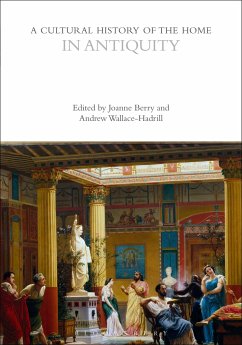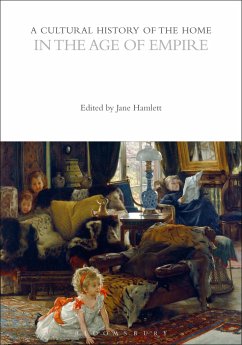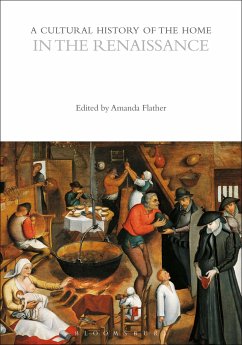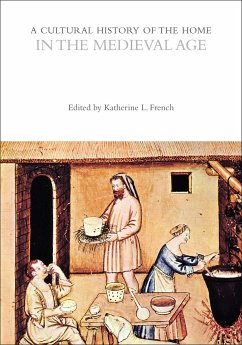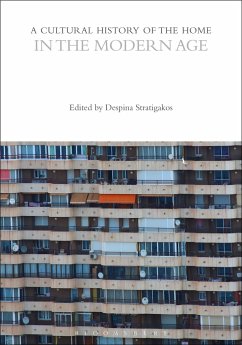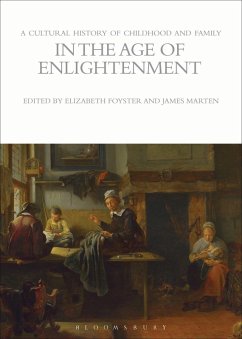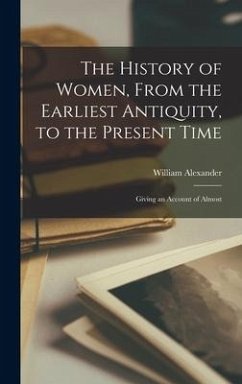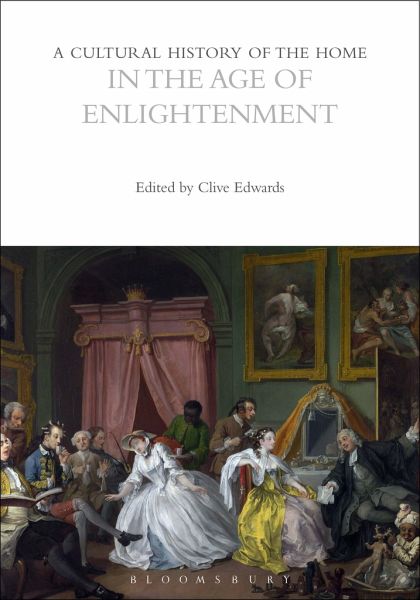
A Cultural History of the Home in the Age of Enlightenment
Versandkostenfrei!
Versandfertig in über 4 Wochen
108,99 €
inkl. MwSt.

PAYBACK Punkte
54 °P sammeln!
During the period of the Enlightenment, the word 'home' could refer to a specific and defined physical living space, the location of domestic life, and a concept related to ideas of roots, origins, and retreat. The transformations that the Enlightenment encouraged created the circumstances for the concept of home to change and develop in the following three ways. First to influence homemaking were the literary and cultural manifestations that included issues around attitudes to education, social order and disorder, sensibility, and sexuality. Secondly, were the roles of visual and material cul...
During the period of the Enlightenment, the word 'home' could refer to a specific and defined physical living space, the location of domestic life, and a concept related to ideas of roots, origins, and retreat. The transformations that the Enlightenment encouraged created the circumstances for the concept of home to change and develop in the following three ways. First to influence homemaking were the literary and cultural manifestations that included issues around attitudes to education, social order and disorder, sensibility, and sexuality. Secondly, were the roles of visual and material culture of the home that demonstrated themselves through print, portraiture, literature, objects and products, and dress and fashion. Thirdly, were the industrial and sociological aspects that included concepts of luxury, progress, trade and technology, consumption, domesticity, and the notions of public and private spaces within a home. The chapters in this volume therefore discuss and reflect upon issues relating to the home through a range of approaches. Enlightenment homes are examined in terms of signification and meaning; the persons who inhabited them; the physical buildings and their furniture and furnishings; the work undertaken within them; the differing roles of men and women; the nature of hospitality, and the important role of religion in the home. Taken together they give a valuable overview of the manners, customs, and operation of the Enlightenment home.



